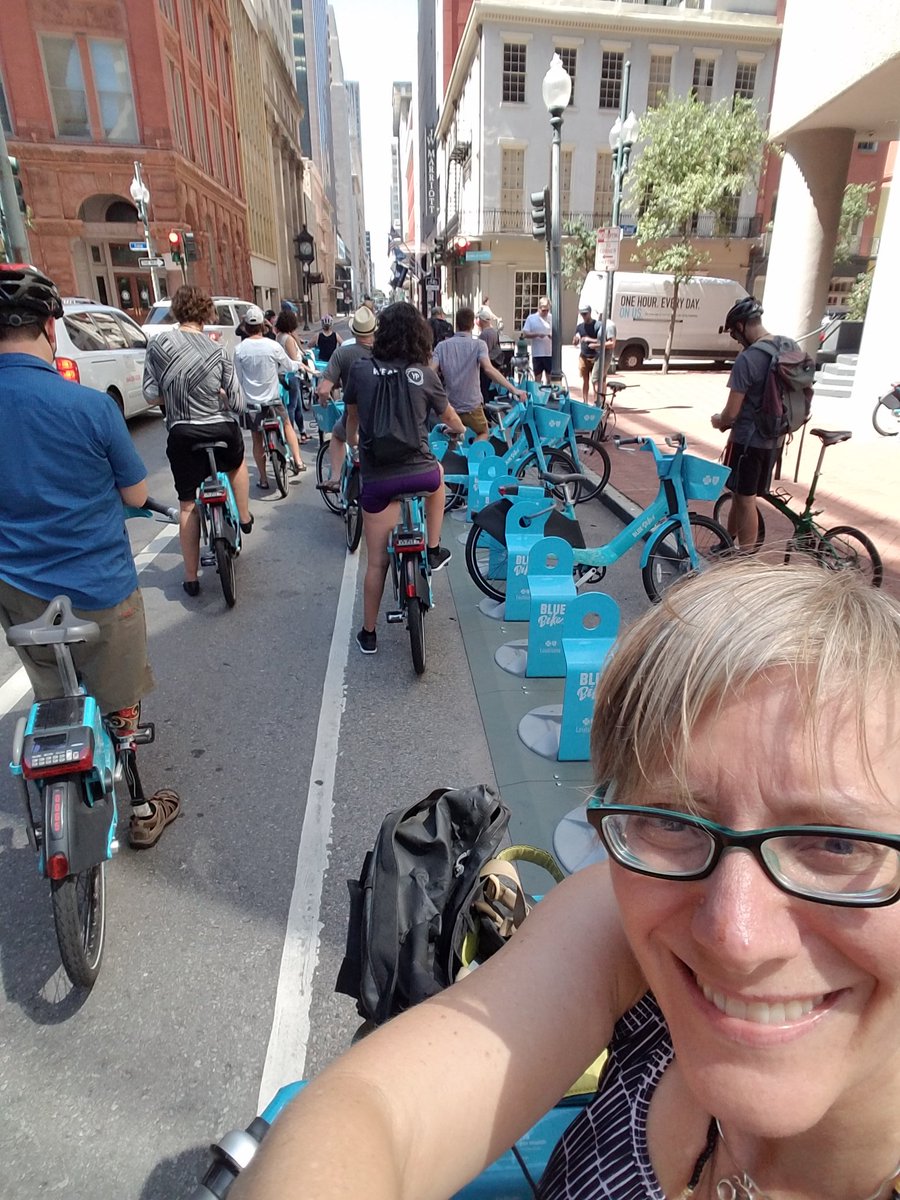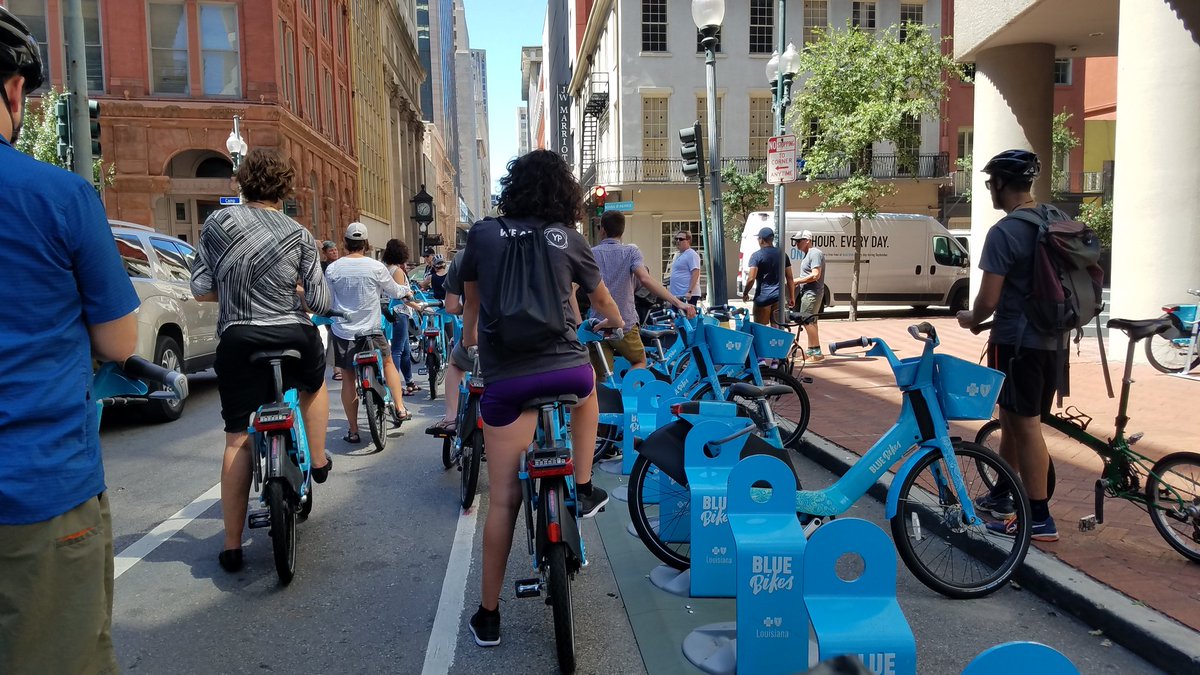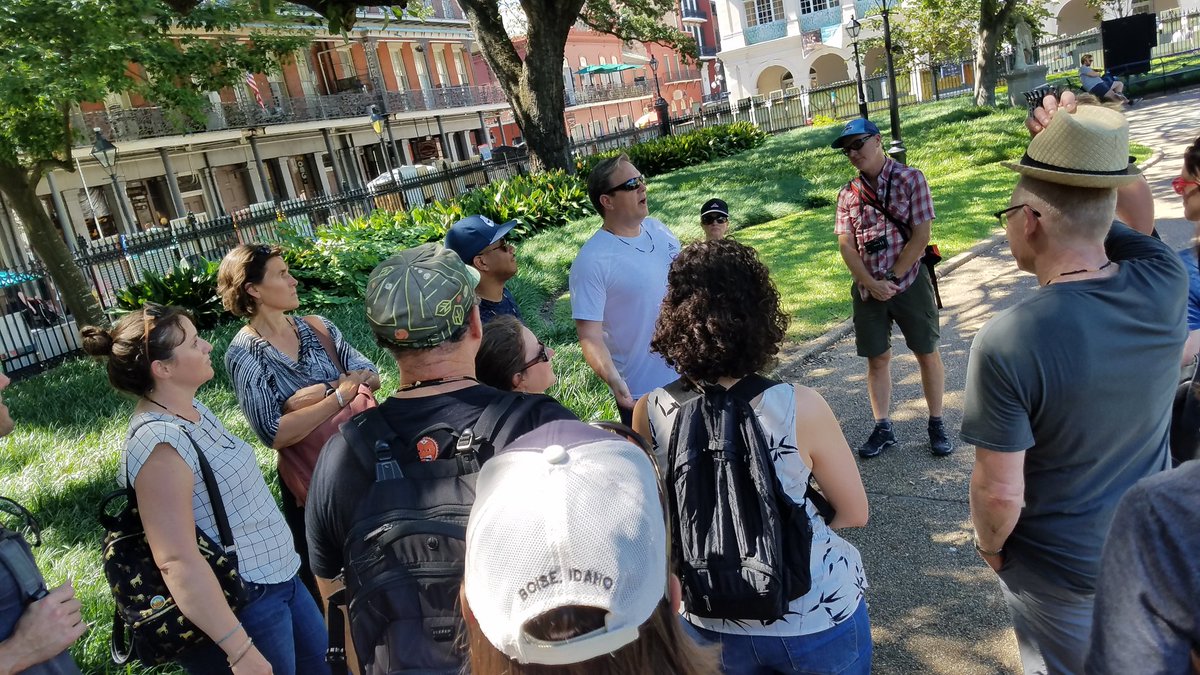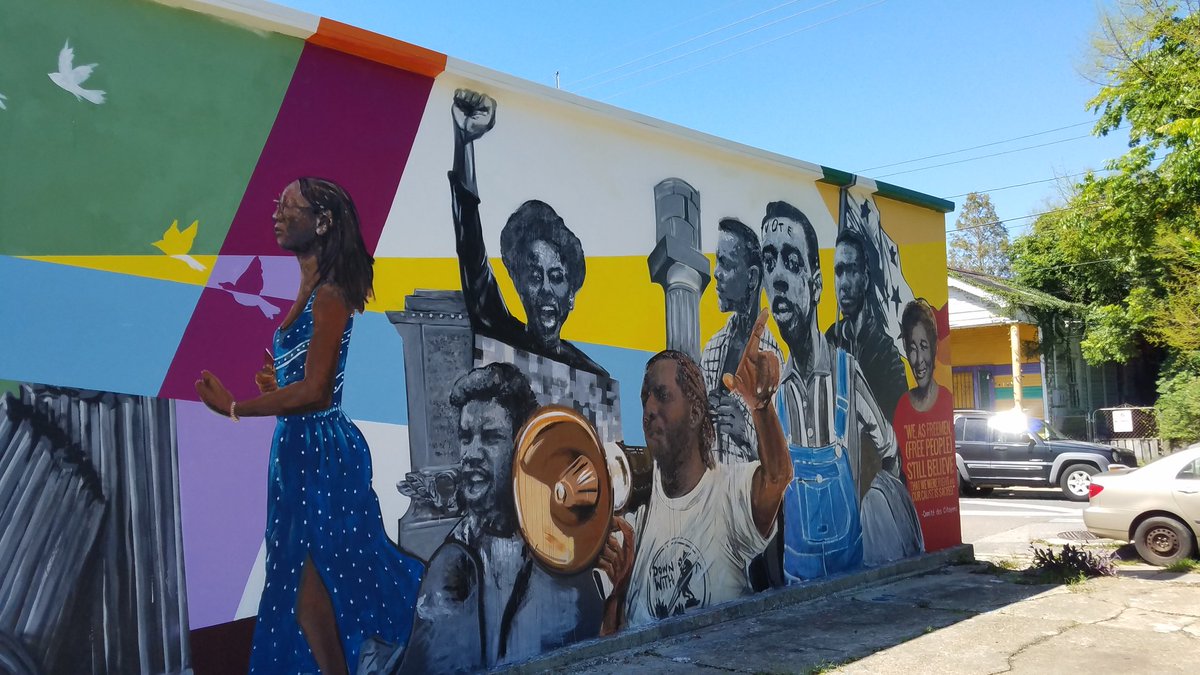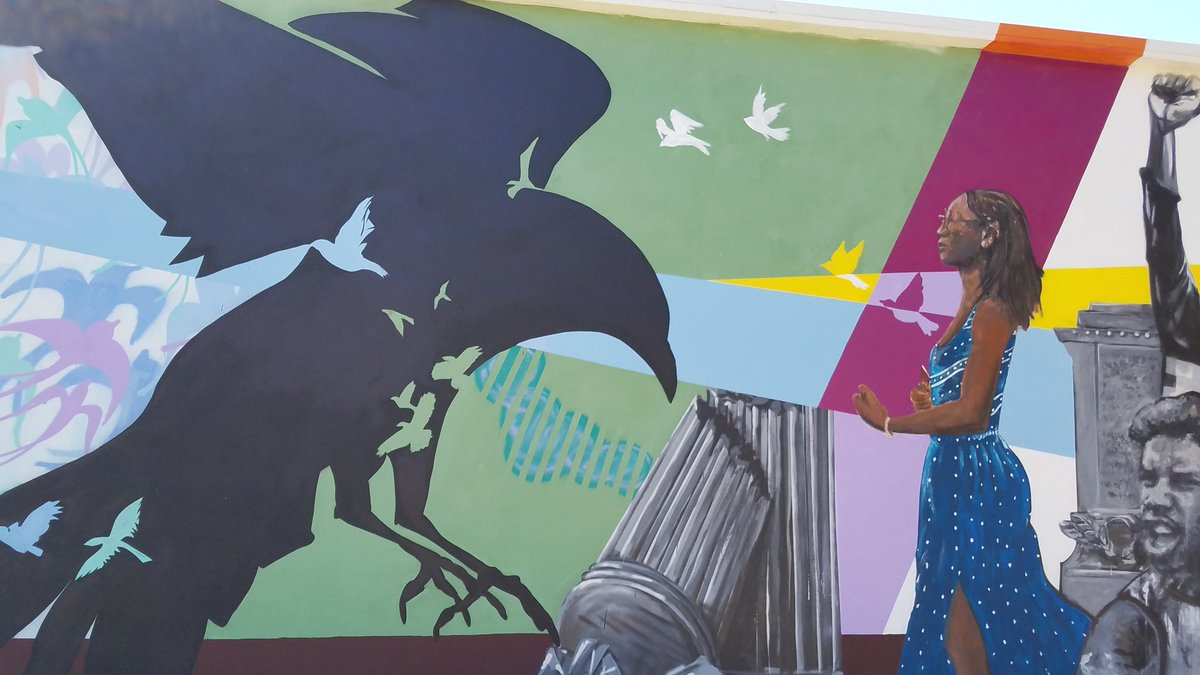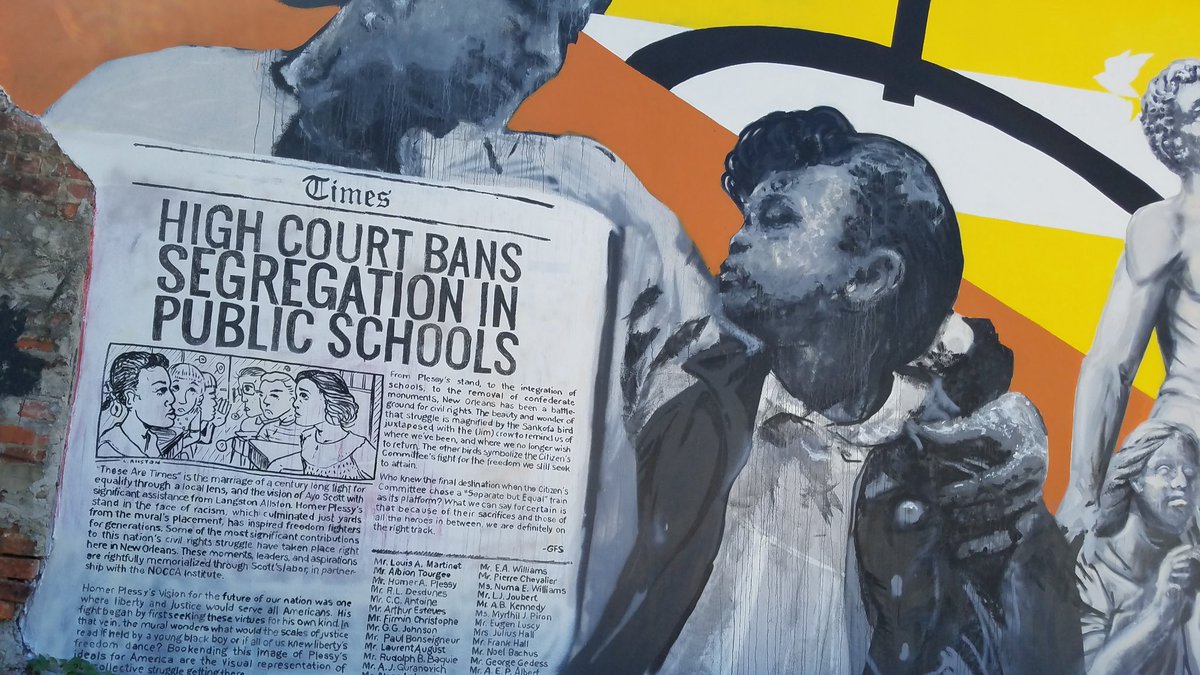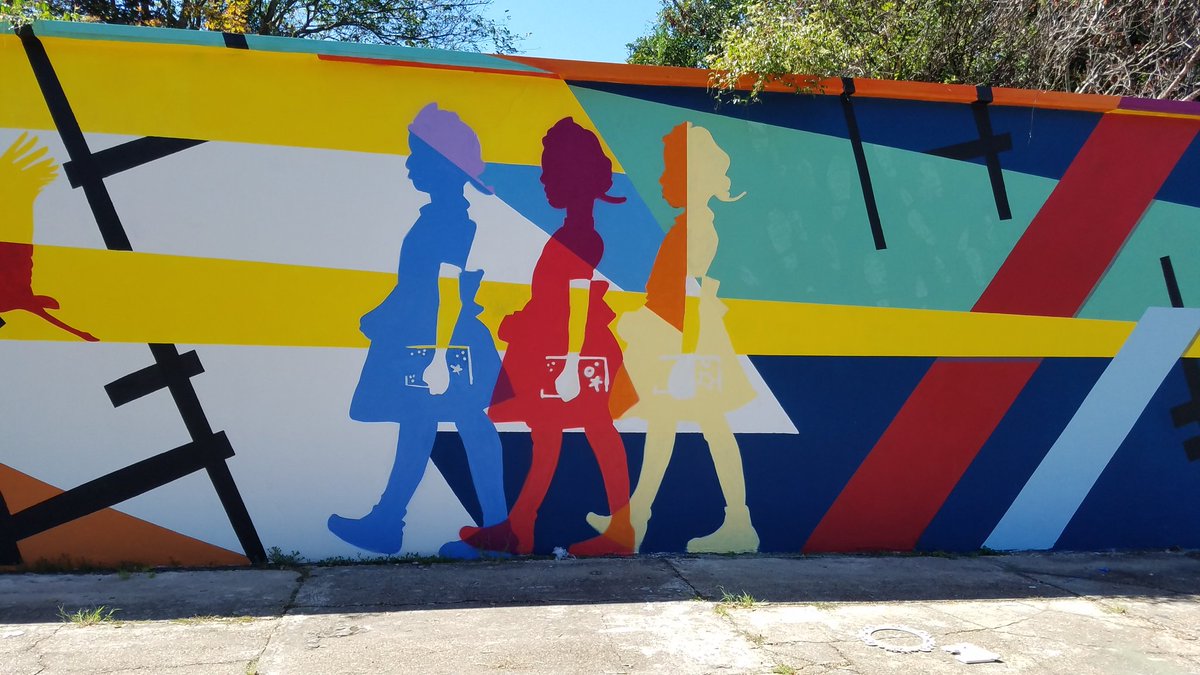w3.org/TR/ATAG20/
Second, your tool needs to facilitate authors creating accessible content, and should guide them towards it.
If your tool allows people to set a text equivalent for an image or some other type of content, then you should allow them to edit it.
B.4.1.1 Features Active by Default: All accessible content support features are turned on by default.
In other words, tools that allow you to create accessible content should be turned on and not buried somewhere.
If an author tries to turn off a feature that helps provide accessible content, you should warn the author that they're creating a problem by doing so.
B.4.2.1 Model Practice
Your examples demonstrate accessible authoring practices. Providing code? Providing screenshots? Demonstrate how to do it right.
Bottom line: If you're creating a toolset that produces content that is consumed on the web, you've got a responsibility to do it right. ATAG can help you.
Guideline B.1.2: Ensure that accessibility information is preserved
If you take content that is accessible, when you share it or transform it or do other things to it, you shouldn't take that accessibility away.
Think "sharing tools"









